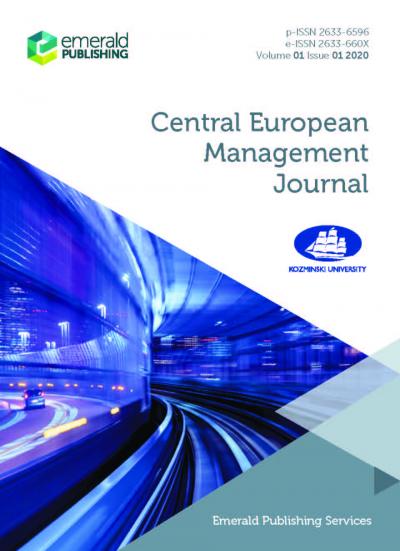Interorganizational Network Embeddedness and Performanceof Companies Active on Foreign Markets
Milena Ratajczak-Mrozek
Poznań University of Economics and Business
2017 25 (4) Central European Management Journal
DOI 10.7206/jmba.ce.2450-7814.211








